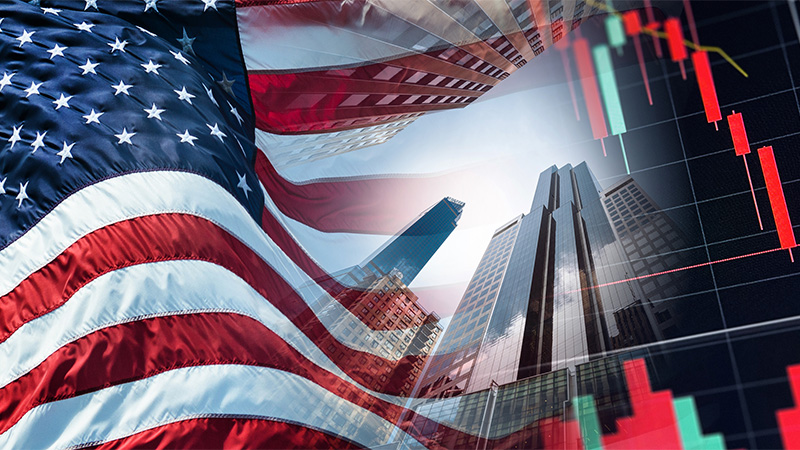Whenever a sector or region goes through a traumatic period, it’s inevitable that investors should wonder if it will happen again?
With this in mind, it seems incredible that July this year marked the 20th anniversary of the Asian financial crisis.
A sharp fall in the Thai currency in early July 1997, caused a domino effect that tore through the region, with the Hong Kong market plunging 10% in one day and the Indonesian economy shrinking 85% in the aftermath.
It was a crisis which dissuaded many UK retail investors from investing in the region for a long time. However, 20 years on, it could be argued that Asia looks more stable, both politically and economically, than much of the developed world, suggesting that lessons have been learnt.
Despite Asia’s stock markets having enjoyed a strong start to 2017, Robert Horrocks, chief investment officer at Matthews Asia, says the most common refrain he hears is one of fear.
Namely, is it too late and have markets overheated again? He responds that 2017 is not 1997.
“We are nowhere near having overheated economies,” he argues. “Singapore, Taiwan and South Korea indeed are running large current surpluses (meaning their domestic savings are greater than their spending).
Take Thailand, for example, a country at the heart of the crisis. It ran a deficit that was equivalent to 8% of its GDP ahead of 1997, and until as recently as 2013 was still in deficit. Today, it runs an 11% surplus.
In addition to not running large deficits, Horrocks says that with core inflation in 12 of the major markets averaging less than 2%, inflation is not a problem, while currencies have also stabilised.
“Asian currencies, which had weakened in 2014 and 2015 as economies wrung out some excesses, have now stabilised and even strengthened against the dollar,” he says. “US dollar external debt is simply not an issue at it was 20 years ago. This time, the currencies did their job.”
“These are all signs of stability; indeed one can reasonably argue that what Asia really need is a burst of stimulus.”
Critically, Matthew Dobbs, fund manager of Asian equities and head of global small cap at Schroders, says the countries involved are in much better shape today than when the crisis began.
Most importantly, he says to some degree Asia is still influenced by the memory of the crisis, leading to a legacy of conservatism among its companies.
“In the countries hit hardest you will meet private companies and entrepreneurs who will never forget,” he says.
“Even younger Indonesia businessmen can recall how their parents faced being wiped out by the crisis. As a result, they run their businesses more conservatively than they otherwise would.”
Despite huge falls in Asian markets after the crisis, an investment over a 20-year period has generated huge returns.
According to data from FE Trustnet, the average fund in the IA Asia Pacific ex Japan sector has returned a huge 268.72% over the time period 1 July 1997 to 3 July 2017.
Over the same time period, the average UK All Companies fund rose 239.94%, while the Global Emerging Markets mean return was 257.57%.
So how have asset allocators altered their views on the region over the past two decades?










